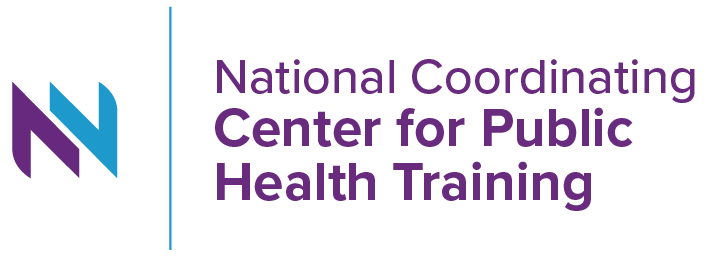 Around this time two years ago, we were working on the Public Health Learning Network’s (PHLN) Strategic Workforce Action Agenda, which examined some of the gaps and opportunities in the nation’s public health workforce development system—an examination that is even more relevant as we confront a massive viral pandemic. Under the leadership of Christina Welter, DrPH, MPH, and Betty Bekemeier, PhD, MPH, FAAN, we have been able to build upon this initial analysis in a recent article in Pedagogy in Health Promotion that further explores the effective approaches for public health workforce development. This article focuses on two of the prevailing questions from our original work: What are the public health system challenges and issues? How are current workforce development approaches addressing these challenges?
Around this time two years ago, we were working on the Public Health Learning Network’s (PHLN) Strategic Workforce Action Agenda, which examined some of the gaps and opportunities in the nation’s public health workforce development system—an examination that is even more relevant as we confront a massive viral pandemic. Under the leadership of Christina Welter, DrPH, MPH, and Betty Bekemeier, PhD, MPH, FAAN, we have been able to build upon this initial analysis in a recent article in Pedagogy in Health Promotion that further explores the effective approaches for public health workforce development. This article focuses on two of the prevailing questions from our original work: What are the public health system challenges and issues? How are current workforce development approaches addressing these challenges?
What remains true is that we need a much more robust and coordinated approach to workforce development that will enable us to address the diverse and complex challenges faced by public health practitioners.
The COVID-19 pandemic is shining a spotlight on the investments we’ve made in public health workforce over the past few decades (or better said the appalling lack of investment). The Trust for America’s Health recently released a report highlighting the devastating effects of continued, chronic underfunding of key public health functions and services. According to the report, “the public health workforce has shrunk by approximately 56,000 positions” over the past ten years—due mostly to cuts in funding.
The Center for Disease Control and Prevention’s (CDC) budget has remained static since 2008. During that time, we’ve faced outbreaks of the swine flu, measles, ebola, and now, COVID-19. However, instead of bolstering the public health infrastructure, the federal programs designed to build capacity of the public health workforce wind up on the chopping block every single year, which means multiple associations, including NNPHI, have to spend their time advocating for funding and making the case for public health investment rather than supporting the workforce responsible for improving the nation’s health.
And so we find ourselves facing a crisis that to overcome will require us to add at a minimum 100,000 professionals to the public health workforce for contact tracing alone, according to a report released by Johns Hopkins Bloomberg School of Public Health and the Association of State and Territorial Health Officials (ASTHO). Not to mention the more than 56,000 jobs needed to function at non-pandemic levels. That’s a crisis in and of itself, especially when we know that “a large proportion of [public health] workers are considering leaving their organization within the next year”, according to the most recent Public Health Workforce Investment and Needs Survey fielded by the de Beaumont Foundation in partnership with ASTHO.
So, now that the spotlight is squarely on us—all of us who support and protect and train and lift up and advocate for public health’s most vital resource—what are we going to do? How are we going to respond with long-lasting solutions? Will this crisis be the call to action needed for us to join in partnership to ensure that our nation has a well-trained workforce, ready to not only protect us from threats, but to improve health and well-being? Will we invest in the training and support public health workers need to engage communities and collaborate with multisector partners to reduce the stark racial and socioeconomic disparities that are being laid bare by COVID-19?
Are you already working on it? I’d love to hear about it. How can we partner? How can we support you?

